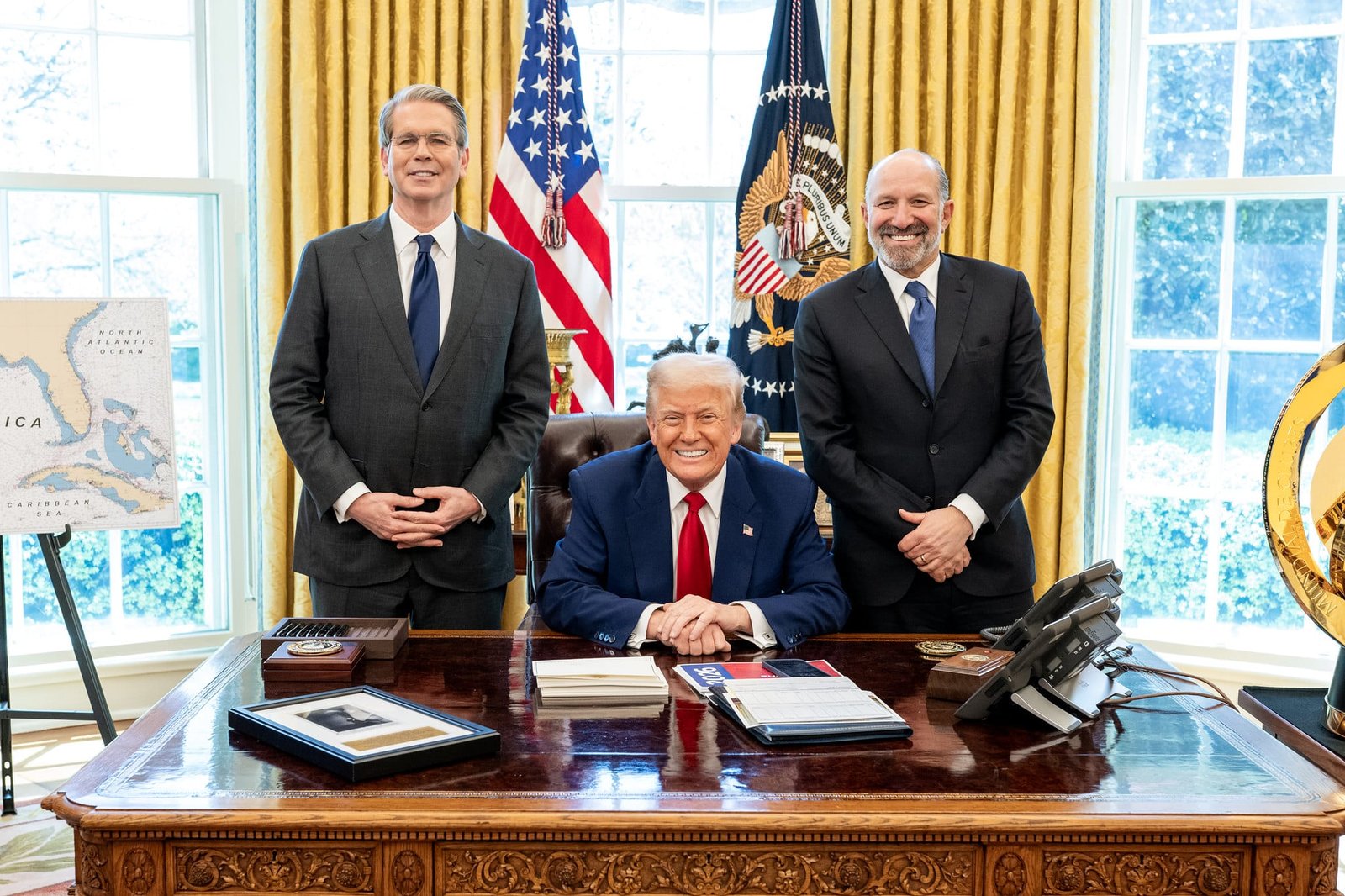Prescription Drug Price Controls: An Ineffective Solution
This executive order signifies a departure from President Trump’s previous stance on drug pricing, marking a shift towards government-imposed price controls on pharmaceuticals. Unlike earlier proposals that focused on negotiating lower drug prices within government programs, this order aims to influence drug prices across the board, including those in the private sector. The president’s directive tasks the Department of Health and Human Services (HHS) with communicating “price targets” to pharmaceutical companies, with severe repercussions threatened for those who fail to meet these targets. This departure from traditional free-market principles raises concerns about government overreach in the pharmaceutical industry.
The core of the executive order lies in its mandate for HHS to establish and communicate “price targets” to pharmaceutical manufacturers. These targets aren’t explicitly limited to government-purchased drugs, implying a broader application to private pharmaceutical transactions. The ambiguity surrounding the definition of “significant progress” towards these targets further amplifies the uncertainty for drug manufacturers. The order doesn’t define specific metrics or timelines for achieving these targets, leaving manufacturers vulnerable to arbitrary interpretations and potential penalties.
Should pharmaceutical companies fail to make “significant progress,” the administration has outlined a cascade of punitive measures. These include imposing “most-favored-nation pricing” – requiring drug prices in the U.S. to match the lowest prices paid in other developed nations – as well as directing the Department of Justice and the Federal Trade Commission to investigate potential anti-competitive practices. The order further threatens actions impacting drug exports and even suggests potential reviews and modifications of drug approvals by the FDA. This multi-agency approach presents a formidable threat to pharmaceutical companies and signals the administration’s willingness to use its full regulatory arsenal to enforce compliance with its pricing goals.
The legality of HHS imposing price controls on private pharmaceutical purchases is questionable. No prior administration has successfully implemented such a measure, suggesting a lack of explicit statutory authority. However, the broad powers delegated to the executive branch could potentially be interpreted to encompass this action. The order’s aggressive posture and threat of multi-agency action create a high-stakes situation for drug companies, potentially compelling them to comply with the price targets even in the absence of clear legal authority. The threat of simultaneous actions from HHS, DOJ, FTC, Commerce, FDA, and other federal agencies represents an overwhelming deterrent for pharmaceutical manufacturers.
The order contradicts the administration’s own actions that contribute to escalating drug prices. Numerous federal regulations and policies, including those related to patents, research and development incentives, and market exclusivity, influence drug pricing. Rather than addressing these internal factors, the executive order focuses on external pressures, potentially creating an inconsistent approach to drug price reduction. Addressing these internal factors might be more effective in achieving meaningful and sustainable reductions in drug prices.
Alternative approaches to reducing drug prices, such as allowing the reimportation of drugs from other developed nations, have been proposed. This measure could address the price disparities that the administration claims to be targeting. The executive order, however, only weakly suggests considering reimportation, demonstrating a lack of commitment to this potentially effective solution. A more direct and forceful implementation of reimportation policies could have a significant impact on drug prices, yet the administration chooses a more circuitous and less impactful approach. The stark contrast between the aggressive pursuit of price controls and the tepid approach to reimportation raises doubts about the administration’s true commitment to reducing drug prices through free-market mechanisms. The executive order’s focus on coercive measures and its reluctance to embrace alternative solutions paint a picture of an administration more interested in exerting control over the pharmaceutical industry than in fostering competitive market forces that could naturally lower prices.
Share this content:












Post Comment